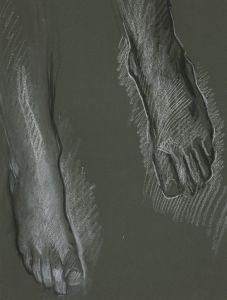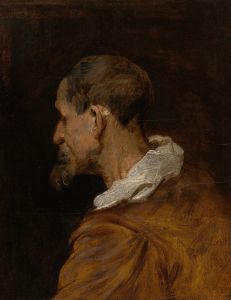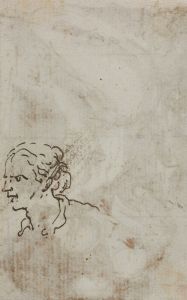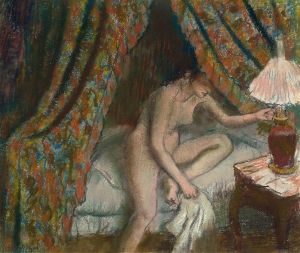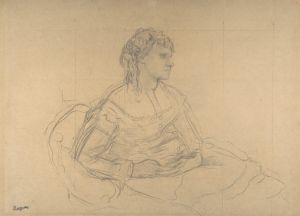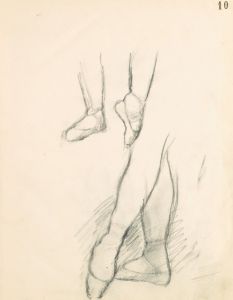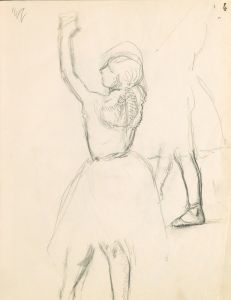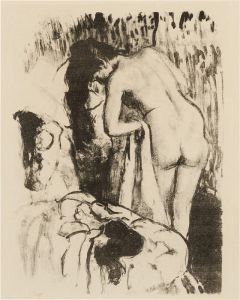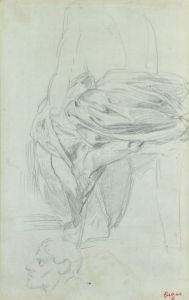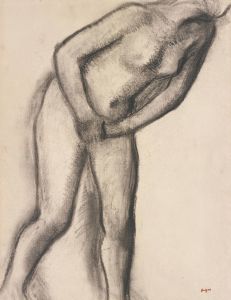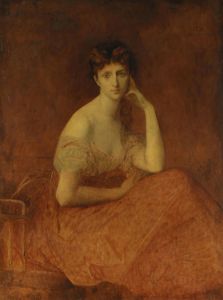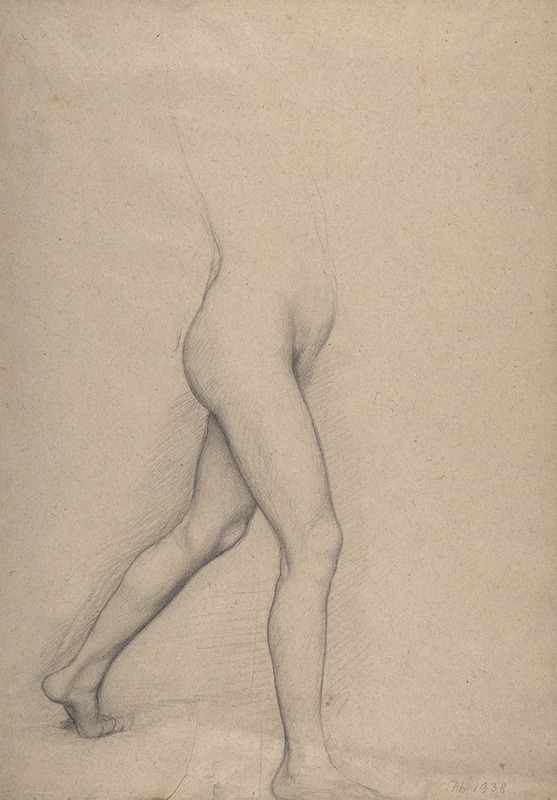
Study of a Girl’s Legs for the painting ‘Young Spartans’
A hand-painted replica of Edgar Degas’s masterpiece Study of a Girl’s Legs for the painting ‘Young Spartans’, meticulously crafted by professional artists to capture the true essence of the original. Each piece is created with museum-quality canvas and rare mineral pigments, carefully painted by experienced artists with delicate brushstrokes and rich, layered colors to perfectly recreate the texture of the original artwork. Unlike machine-printed reproductions, this hand-painted version brings the painting to life, infused with the artist’s emotions and skill in every stroke. Whether for personal collection or home decoration, it instantly elevates the artistic atmosphere of any space.
Edgar Degas, a prominent French artist associated with the Impressionist movement, is renowned for his masterful depictions of movement and the human form. One of his intriguing works is the "Study of a Girl’s Legs for the painting ‘Young Spartans’," which serves as a preparatory study for his larger and more complex painting, "Young Spartans Exercising."
"Young Spartans Exercising," created between 1860 and 1862, is a significant work in Degas's oeuvre, showcasing his interest in historical themes and the human body. The painting depicts a group of young Spartan men and women in a moment of interaction, possibly engaging in a form of athletic or social exercise. This scene is set against a backdrop that suggests ancient Sparta, reflecting Degas's fascination with classical antiquity and his academic training.
The study of a girl's legs is a testament to Degas's meticulous approach to composition and anatomy. By focusing on specific elements of the human form, Degas was able to explore the nuances of posture, movement, and musculature, which were crucial for the dynamic composition of the final painting. This study highlights his dedication to understanding the physicality of his subjects, a characteristic that permeates much of his work.
Degas's technique often involved numerous sketches and studies, allowing him to experiment with different poses and perspectives. This method was not uncommon among artists of his time, particularly those with academic training. The study of the girl's legs would have been one of many such preparatory works, each contributing to the overall composition and realism of "Young Spartans Exercising."
The focus on the legs in this study underscores Degas's interest in capturing the tension and grace of the human body. Legs, being central to movement, are a recurring subject in his studies, reflecting his broader interest in ballet dancers and other figures in motion. This particular study would have helped Degas to accurately portray the athleticism and vitality of the young Spartans in the final painting.
Degas's work is characterized by a blend of traditional techniques and innovative approaches. While he was trained in the classical style, his later works often exhibit a more impressionistic touch, with an emphasis on capturing fleeting moments and the effects of light. However, in his early works like "Young Spartans Exercising," there is a clear adherence to the precision and detail associated with academic art.
The "Study of a Girl’s Legs for the painting ‘Young Spartans’" is a fine example of Degas's preparatory process, providing insight into his artistic practice and the development of his ideas. It reflects his commitment to understanding the human form and his ability to convey movement and emotion through careful observation and study.
Overall, this study is a small yet significant piece of Degas's artistic journey, illustrating his dedication to his craft and his ability to draw inspiration from the past to create works that resonate with timeless themes of youth, vitality, and human interaction.





